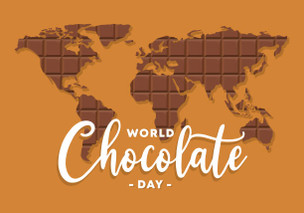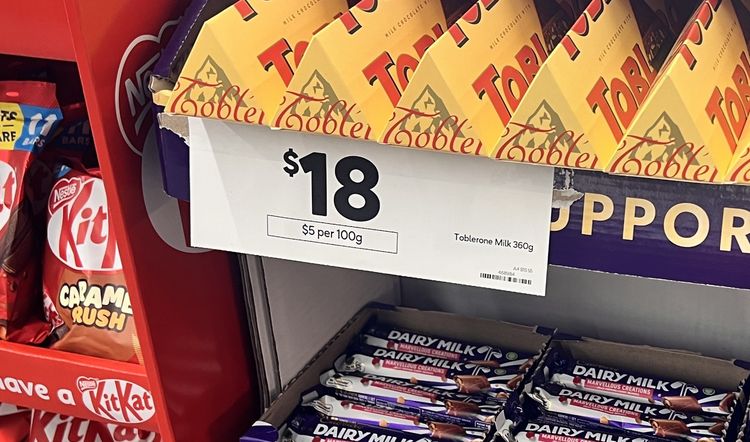World Chocolate Day: Sweet Celebrations and Bittersweet Realities
Posted by Ruth Medd & Claude on 4th Jul 2025
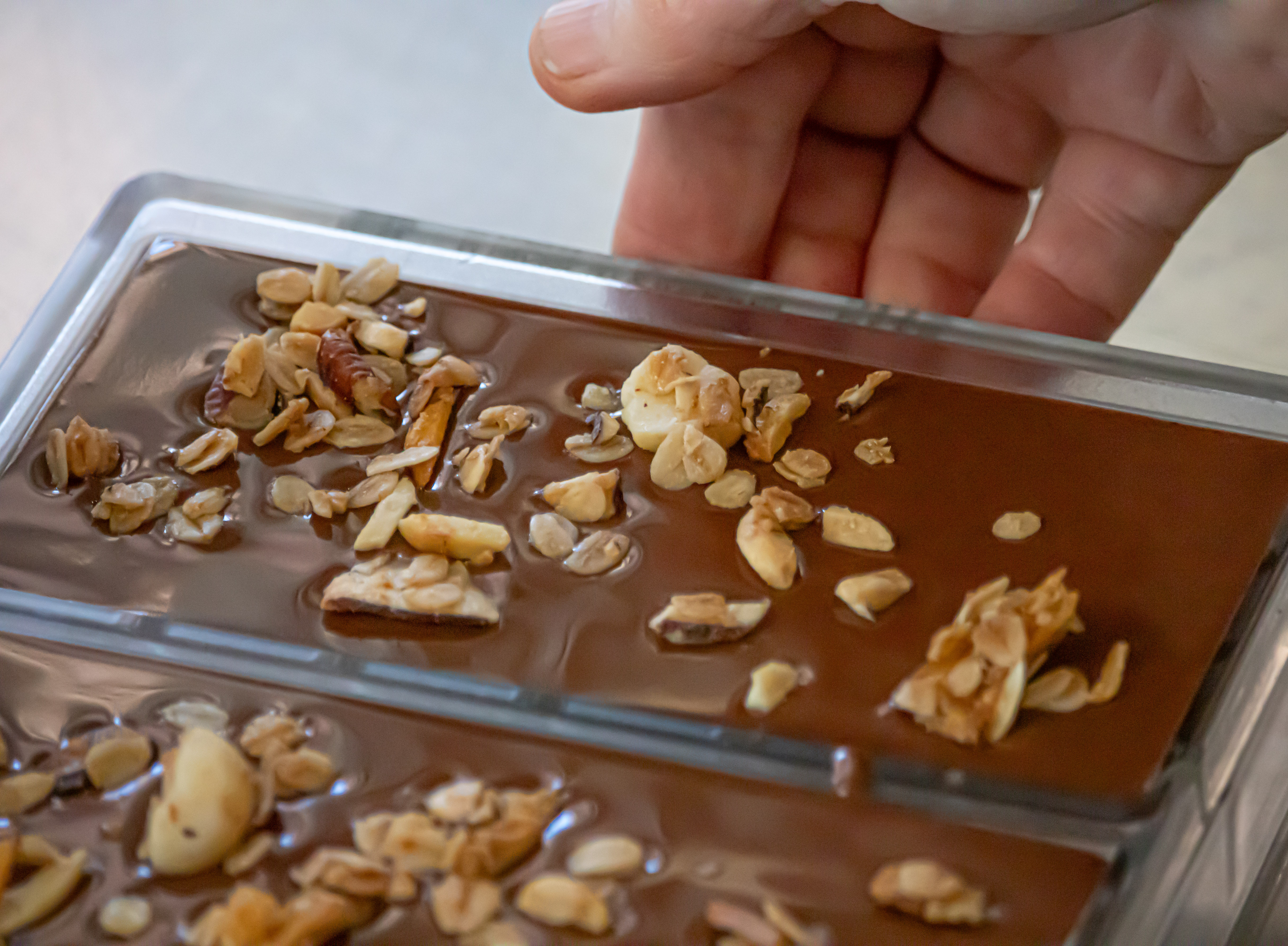
July 7th marks World Chocolate Day – a global celebration that's been bringing chocolate lovers together since 2009. Legend has it that this date commemorates chocolate's grand entrance into Europe way back in 1550. Pretty amazing to think that what started as an exotic curiosity is now something we can't imagine living without!
But while we're all for celebrating our favourite treat, there's some serious stuff happening behind the scenes in the chocolate world that's worth talking about.
The Not-So-Sweet Reality: Why Your Chocolate Bar Costs More
Image: 9news
If you've been to the supermarket lately, you've probably done a double-take at chocolate prices. That commercial chocolate bar that used to be a casual purchase? It's now hitting $8 in many stores. Here's why: since mid-2023, cocoa prices have absolutely skyrocketed by 138%.
This isn't just a temporary blip either – the market doesn't expect prices to ease anytime soon. We're looking at a new normal of higher cocoa costs, which inevitably means pricier chocolate for everyone.
The Heart of the Problem: West Africa's Struggles
The story really starts in Ghana and Côte d'Ivoire, where the majority of the world's cocoa has traditionally come from. These two countries used to produce a whopping 70% of global cocoa, mostly from small subsistence farms. But things are changing fast.
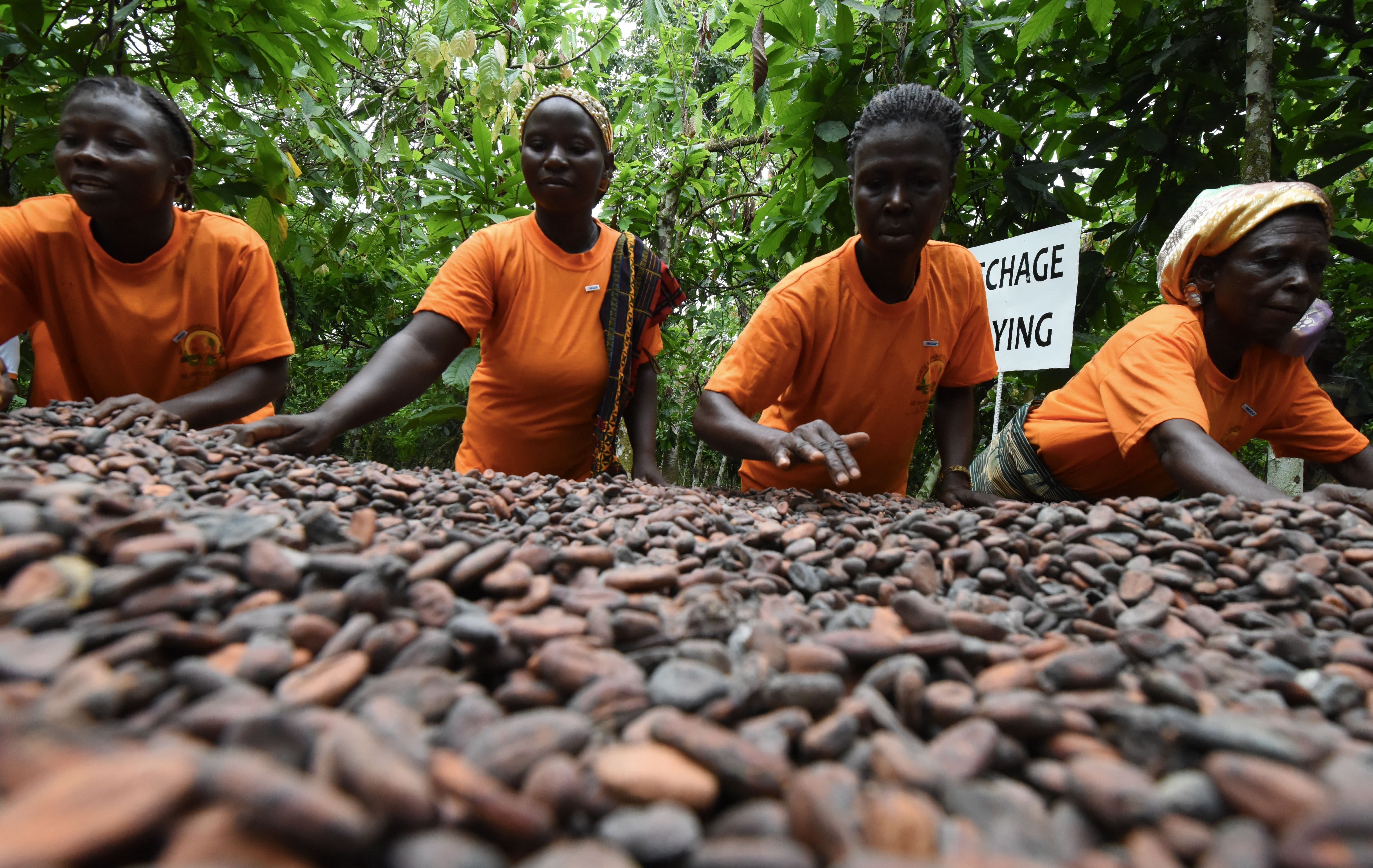
Image:Issouf Sanogo | AFP | Getty Images via CNCB
By 2019/20, their share had dropped to 60%, and current estimates for 2024/25 put them at just 50% of world production. Ghana alone has seen its output fall by 22% since 2019/20, with the Ghana Cocoa Board recently slashing its harvest forecast from 650,000 tonnes down to a maximum of 600,000 tonnes.
The challenges are mounting:
- Small farms that rely heavily on manual labour
- Declining birth rates meaning fewer workers
- Limited access to higher-yielding cocoa varieties
- No clear political strategy for consolidating farms to improve efficiency
It's a perfect storm that's been brewing for years, and we're now seeing the full impact.
A Ray of Hope: Brazil Steps Up
Enter Brazil – potentially the hero of our chocolate story. The country is rapidly emerging as a major player in cocoa production, and they're doing it smart. Instead of starting from scratch, they're converting previously damaged cattle farming land into cocoa plantations and backing it up with serious research and modern agricultural techniques.
According to recent Reuters reporting (linked below), Brazil is planning massive expansion – we're talking about 500,000 hectares of new plantings that could yield 1.6 million tonnes of beans. While our calculations suggest this alone won't meet growing global demand, it's a step in the right direction.
Innovation in Action: Learning from the Best
Speaking of doing things smart, we've been fascinated by recent innovations coming out of Brazil's cocoa scene. The team at Cocoa Runners recently highlighted some clever developments during a visit to Brazilian farms – including a round fermenter and an innovative bean dryer that caught our attention because they're variations on processes we use right here at Charley's.
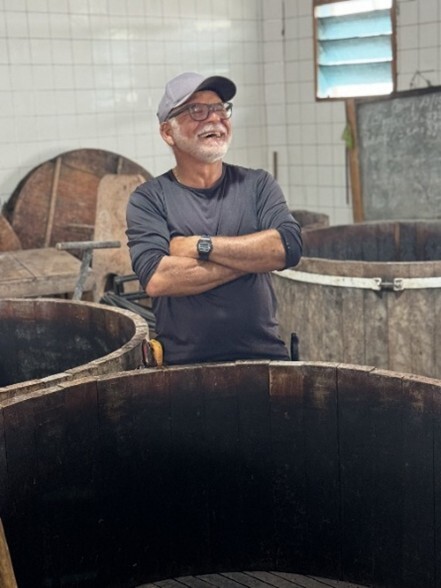
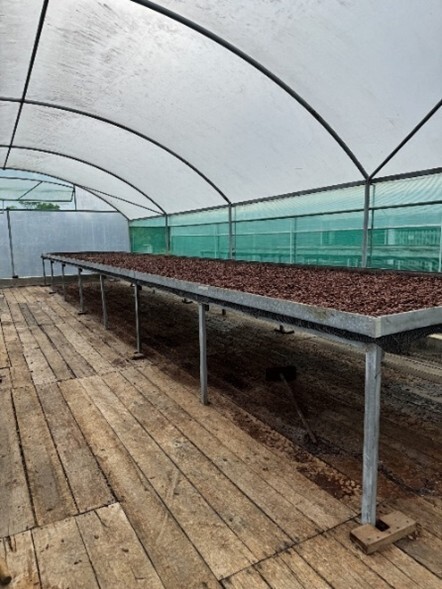
Image 1:
Jaoa Tavares pioneered the practise of round fermentation boxes to avoid the problem of beans in the corners of a box fermenting at a different rate / temperature.
Image 2:
It rains a LOT in Brazil so farmers have developed all sorts of quick ways to cover up their drying beans, and also to use side air currents to dry beans, even in the rain. Again, Jaoa Tavares has also introduced an innovative two step approach to drying that avoids burning and hollowing out the beans during drying.
It's exciting to see the global chocolate community pushing boundaries and sharing knowledge. After all, whether you're a small artisan chocolatier in Australia or a growing operation in Brazil, we're all working toward the same goal: creating exceptional chocolate experiences.
What This Means for Charley's (and You!)
At Charley's, we've always been committed to quality over quantity, and these global changes only reinforce why that approach matters. While mass-market chocolate prices soar, we continue focusing on what we do best – crafting exceptional chocolate using time-tested methods combined with innovative techniques.
The challenges facing the cocoa industry remind us why supporting artisan chocolate makers like us is more important than ever. When you choose Charley's, you're not just getting superior chocolate – you're supporting sustainable practices and helping preserve the artisanal chocolate-making tradition.
Ready to taste the difference? Explore our full range of handcrafted chocolates at charleys.com.au and discover why quality craftsmanship never goes out of style, even when the chocolate world is changing around us.
References
Global Cocoa Production
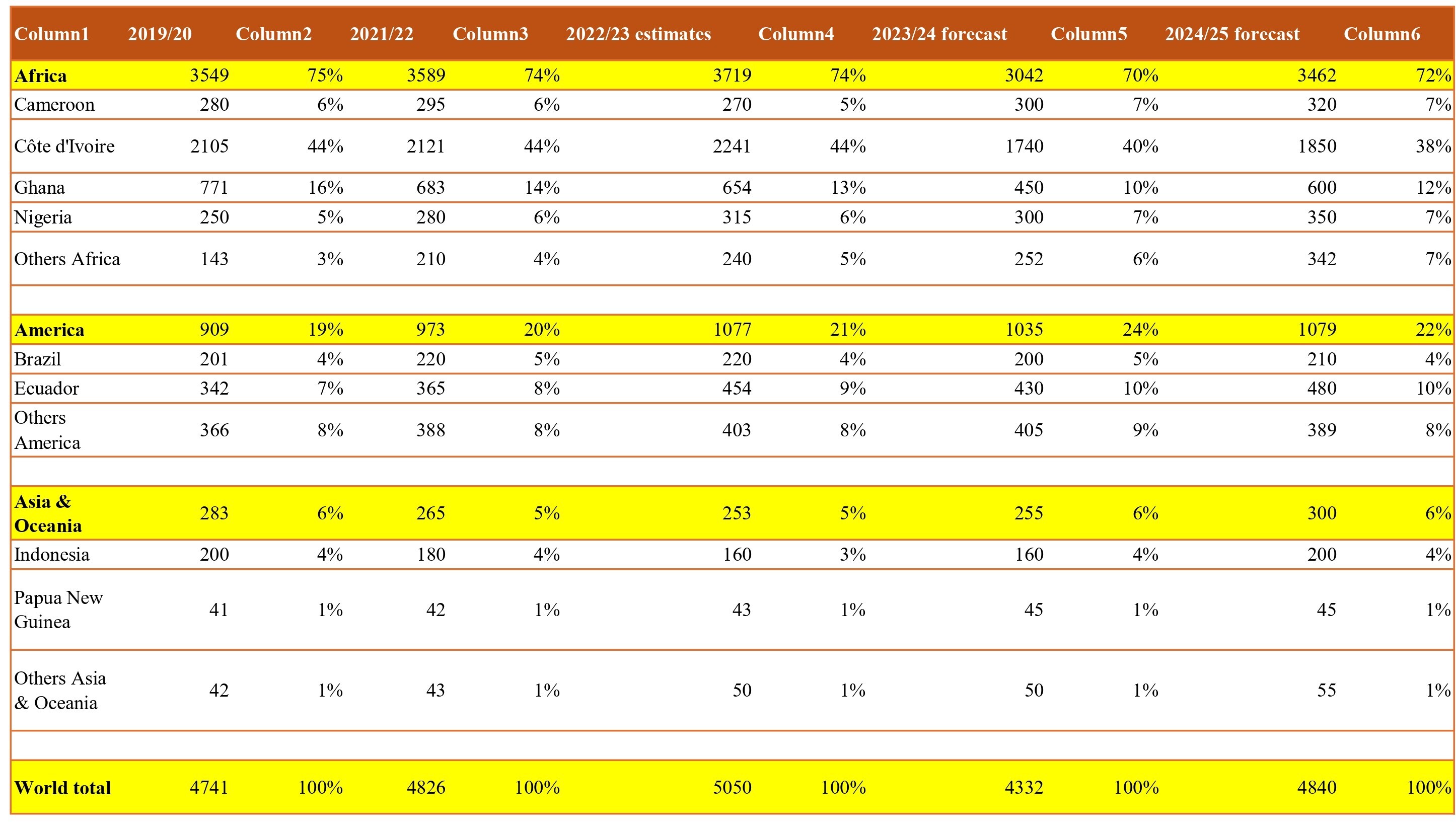
Cocoa Yields
|
Region |
Average yield / hectare |
|
West Africa (Ghana, Côte d'Ivoire, Nigeria) |
300-500 kg/ hectare; Well-managed farms: Up to 800 -1,000 kg/ hect |
|
Southeast Asia (Indonesia, Malaysia, Philippines) |
Intensive cultivation: Up to 1,500 -2,000 kg/ hect |
|
South America (Brazil, Ecuador, Colombia) |
400-600 kg/hect; Modern plantations: Up to 1,800 -2,500 kg/ hect |
|
Central America (Mexico, Costa Rica) |
350-550 kg/hect; Technified farms are up to 1,200 -1,500 kg/ hect |
|
Caribbean (Dominican Republic, Jamaica, Trinidad) |
400-600 kg/hect; High-performing farms: To 1,000 -1,200 kg/ hect |
|
Top performers – Thailand, Guatemala - https://ourworldindata.org/grapher/cocoa-bean-yields?time=2020 |
Average of 2,600 kg / hect since high yielding cultivars introduced |
Links to recent Charley’s blogs
- FNQs chocolate magic
- Our cocoa world
- Cocoa prices surge
- Charley’s PNG Farmers
- Charley’s Blog – Could You Be a Cocoa Farmer?:
Other references

